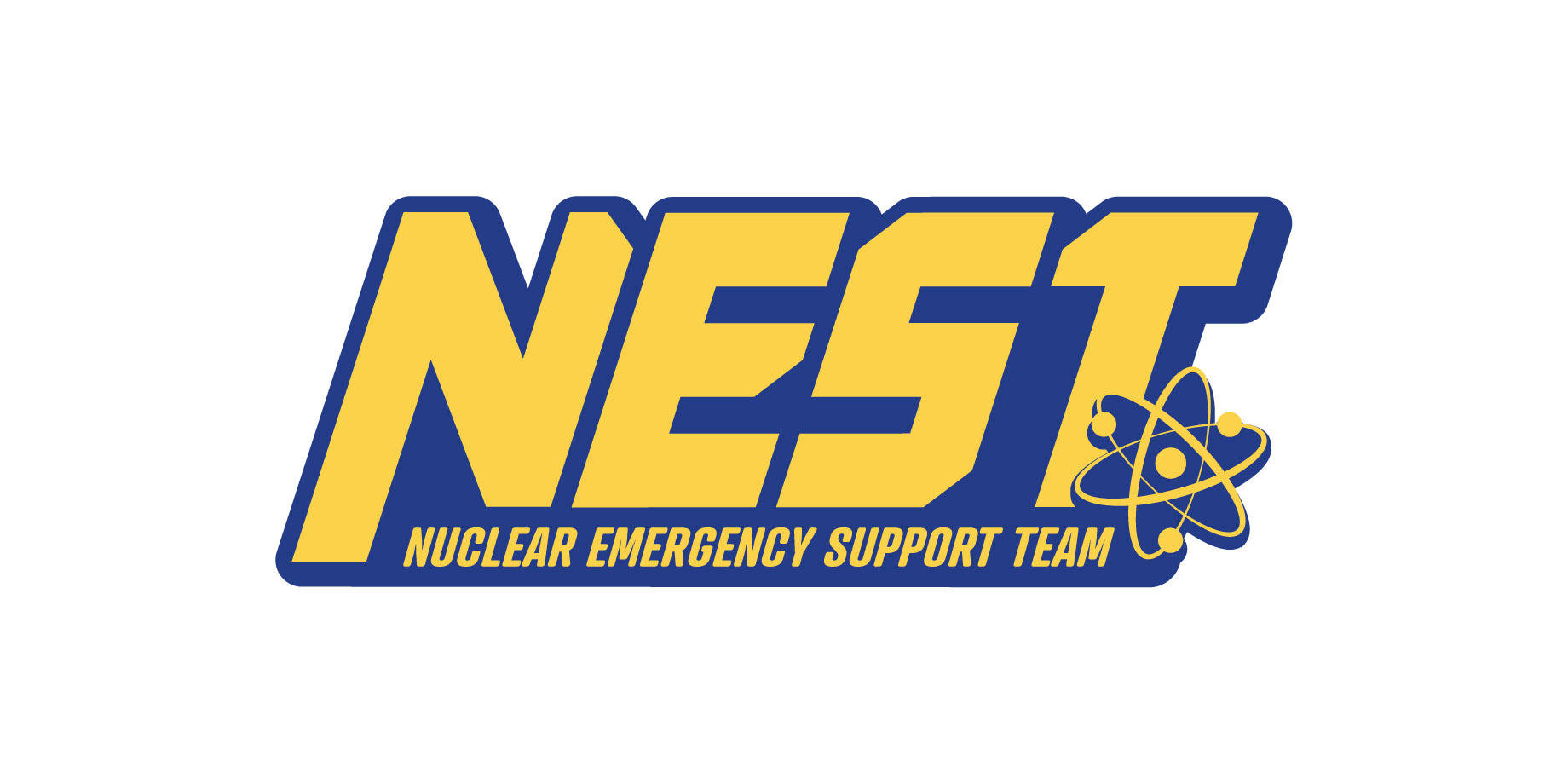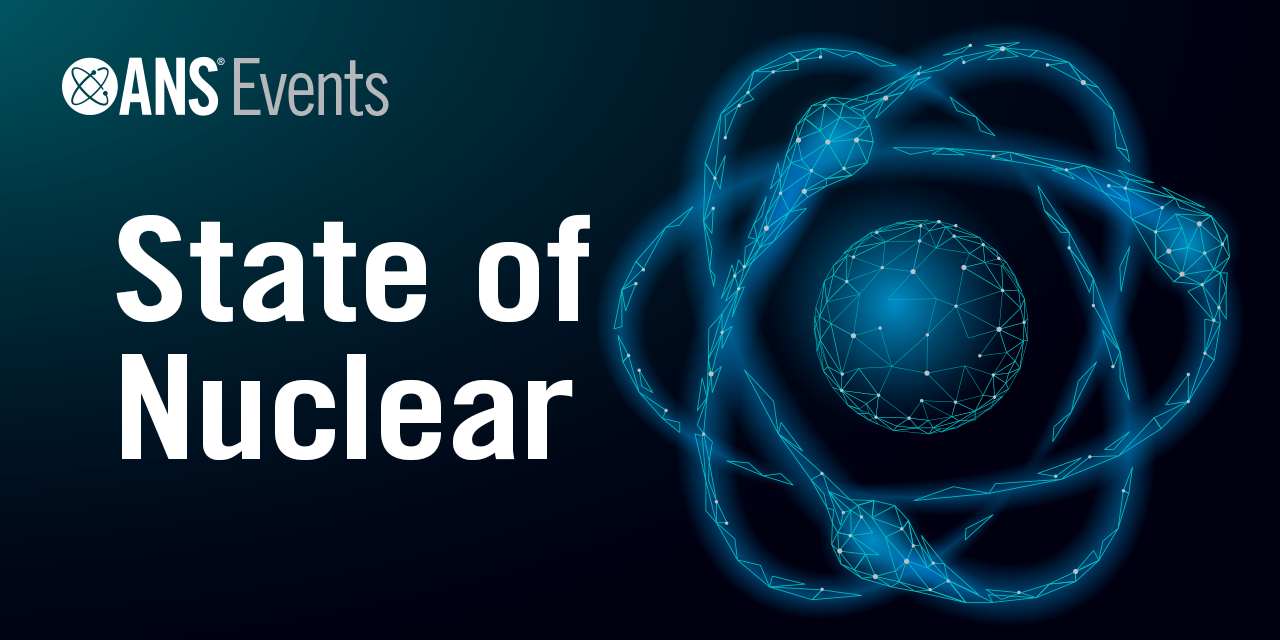A technician prepares salts for use in MSRE in 1964. (Photo: ORNL)
FLiBe—a mixture of lithium fluoride and beryllium fluoride—is not an off-the-shelf commodity. The Department of Energy suspects that researchers and reactor developers may have a use for the 2,000 kilograms of fluoride-based salt that once ran through the secondary coolant loop of the Molten Salt Reactor Experiment (MSRE) at Oak Ridge National Laboratory.
OREM manager Jay Mullis (center) discusses the demographics of the current Oak Ridge workforce and the skills needed in the years ahead to advance cleanup at ORNL and the Y-12 National Security Complex. (Photo: DOE)
Federal and contractor officials, community leaders, and educators gathered in Knoxville, Tenn., on October 29 for a roundtable event focused on ensuring the Oak Ridge Office of Environmental Management (OREM) and its partners have the resources and infrastructure needed to support a robust, talented workforce in the years ahead.
President Yuk-Seol Yoon (center) attends a ground-breaking ceremony for Shin-Hanul Units 3 and 4. (Photo: South Korea presidential office)
The U.S. and South Korea have reached a provisional agreement and are working on a memorandum of understanding to advance the countries’ partnership on civil nuclear energy.
SRNS’s Erika Baeza-Wisdom gives an overview of SRNS pit production to UTEP students. (Photo: SRNS)
Savannah River Nuclear Solutions (SRNS), the managing and operating contractor at the Department of Energy’s Savannah River Site in South Carolina, and the DOE’s Los Alamos National Laboratory in New Mexico are partnering with multiple universities to develop next-generation technology and personnel pipelines to advance the DOE National Nuclear Security Administration’s two-site pit production mission.
Chapman (left) and Methven at the West Burton power station. (Photo: UKIFS)
Leadership of the United Kingdom’s STEP (Spherical Tokamak for Energy Production) fusion program has transitioned to U.K. Industrial Fusion Solutions Ltd. (UKIFS), a wholly owned subsidiary of the U.K. Atomic Energy Authority (UKAEA). UKIFS was established in February 2023 to lead a public-private partnership that will design, build, and operate the STEP prototype fusion energy plant in Nottinghamshire in England’s East Midlands region.
The Diablo Canyon plant. (Photo: Doc Searles)
The Nuclear Regulatory Commission is asking for public comment on its draft supplemental environmental impact statement for Diablo Canyon’s license renewal request.
An enhanced CT scan process developed at ORNL can cut the time required to examine 3D-printed parts by one sixth. (Image: DOE)
A software algorithm developed at Oak Ridge National Laboratory has reduced the time needed to inspect 3D-printed parts for nuclear applications by 85 percent, the Department of Energy announced on November 1, and that algorithm is now being trained to analyze irradiated materials and nuclear fuel at Idaho National Laboratory.
ANS members Eric Jebsen (from left), Jeff Terry, and Amanda Bachmann by the ANS Chicago Section display during setup for Nuclear Science Week at Illinois Tech. (Photo: Jeff Terry)
American Nuclear Society member Jeff Terry hosted this year’s Nuclear Science Week meeting at the Illinois Institute of Technology (Illinois Tech) on October 26. In his opening remarks, Terry, a physics professor at Illinois Tech, described the institute’s 12-year history of Nuclear Science Week events, going back to the 2012 meeting that included the Nuclear Clean Energy Indy car on display.
The Susquehanna nuclear power plant. (Photo: Talen)
The Federal Energy Regulatory Commission has denied plans for Talen Energy to supply additional on-site power to an Amazon Web Services’ data center campus from the neighboring Susquehanna nuclear plant in Pennsylvania.
November 1, 2024, 3:02PMNuclear NewsClaire Pieper and Dan Scholz A fatigue management program is used at
Xcel’s Monticello nuclear plant. (Photo: Indeavor)
Fatigue has been identified as a major risk factor in industrial accidents. According to the National Safety Council, 13 percent of workplace injuries can be attributed to fatigue.1 Other research indicates that working 12 hours per day is associated with a staggering 37 percent increase in risk of injury.2 Considering fatigue was a contributing factor to major nuclear accidents at Chernobyl and Three Mile Island, it makes sense that the Nuclear Regulatory Commission imposes hefty fines to ensure strict adherence to its fatigue management regulations—particularly, Code of Federal Regulations Title 10, Part 26, “Fitness for Duty Programs.”
The West Valley Demonstration Project in western New York. (Photo: DOE)
The Department of Energy’s Office of Environmental Management announced it has awarded a 10-year, $3 billion contract to West Valley Cleanup Alliance (WVCA) for decommissioning and demolition work at the West Valley Demonstration Project in western New York. WVCA is a newly formed limited liability company made up of BWXT Technical Services Group, Jacobs Technology, and Geosyntec Consultant. Teaming subcontractors include Perma-Fix Environmental Services and North Wind Portage.









.jpg)










